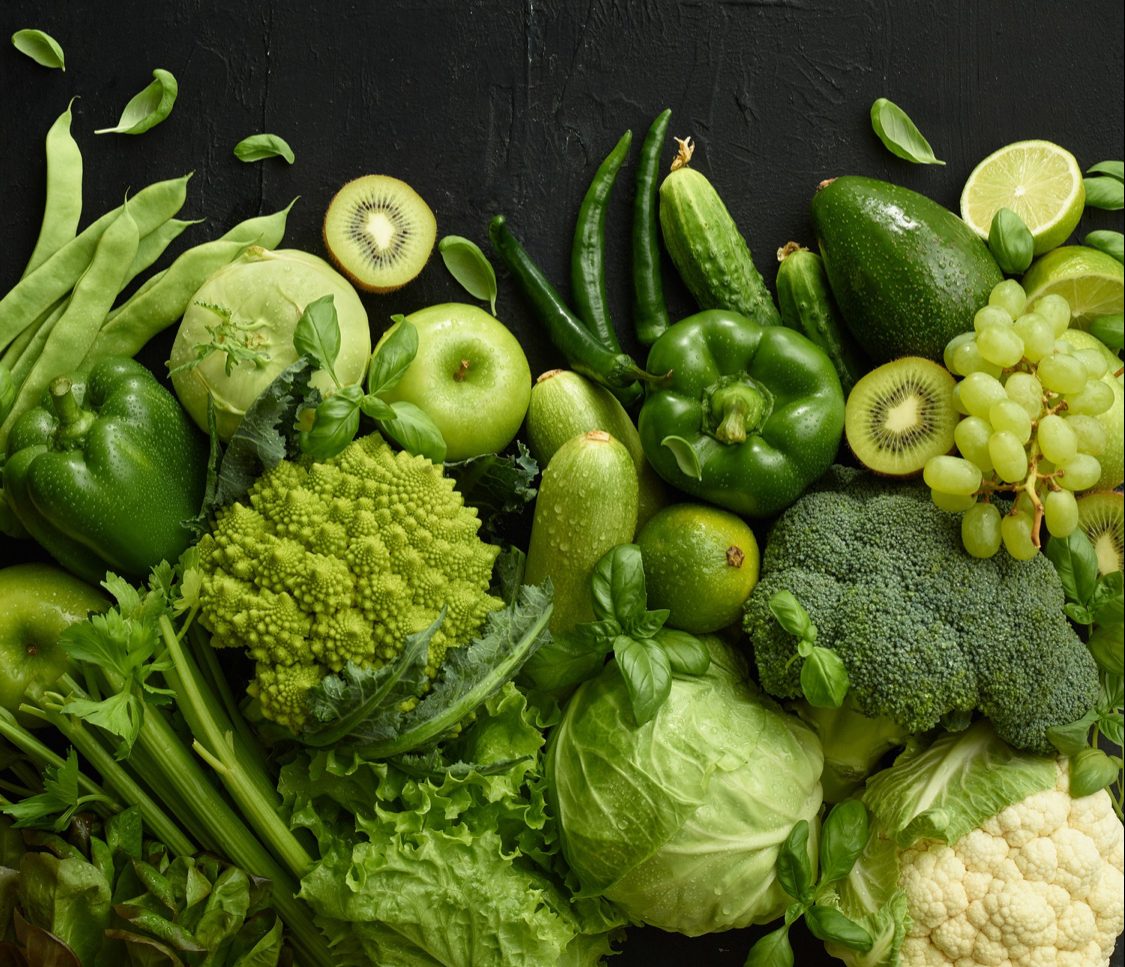It might surprise you to learn that the same substance used to protect furniture is also used as a shiny coating for foods. As hard as it is to believe, it’s true! This material is called shellac, a wax and a natural resin that acts as an adhesive and is responsible for the extended durability of certain food products, cosmetics, and furniture.
Shellac is derived from a resin secreted by the female lac beetle, a small insect that deposits it on tree trunks. It has been used for various purposes, including food glazing, coatings, and dietary supplements. Commonly known as ‘food glaze,’ ‘confectioner’s glaze,’ ‘natural glaze,’ or ‘resinous glaze,’ shellac is widely used in wine, soda, chewing gum, candy, sauces, frozen foods, preserves, confections, chocolates, coffee beans, and fruits.
Why Shellac is Used

As a glazing agent, shellac enhances the appearance of fruits, making them look more appealing. The shellac coating is typically washed off before consumption, leaving the fruit looking fresh and natural. In earlier times, shellac was even used in making dentures and coating medication pills, although these uses have become obsolete over time.
Keep reading to learn more about shellac’s role in the food industry!
Characteristics of Food-Grade Shellac
Since shellac is an animal-based resin, it is biodegradable and biocompatible. It’s safe for consumption, non-toxic, hypoallergenic, and harmless to the body. Here are some of its notable features:
- Protective Coating: Provides a shiny, protective layer on candies, jelly beans, and ice cream cones; helps retain moisture due to its water-insoluble nature.
- Amphiphilic: Stabilizes emulsions and transports bioactive compounds in food.
- Non-toxic and Biocompatible: Safe for consumption and compatible with the human body as a natural resin.
- Film-forming: Creates a flexible film, enhancing gloss and longevity in cosmetics and hair sprays.
- Rapid Drying: Dries quickly at room temperature, making it convenient for various applications.
- Adhesive: Functions as a natural adhesive, historically used in wooden repairs, ceramics, and museum restorations.
- pH-responsive: Sensitive to pH, making it effective in food systems as an emulsifier, foaming agent, and in food delivery systems.
Uses of Shellac
As previously mentioned, shellac has long been used in the food industry, particularly as a wax to preserve the postharvest quality of fruits and vegetables. It offers several practical benefits:
- Glazing Agent: Shellac provides a glossy finish on chocolates, candies, jelly beans, and ice cream. For instance, it gives chocolate-covered peanuts their shiny coating.
- Moisture Barrier: Since shellac is water-insoluble, it prevents food from drying out by acting as a moisture barrier. It’s often used on citrus fruits and avocados.
- Preservative: Shellac helps keep fruits and vegetables fresh. Its acidic properties prolong the durability of citrus fruits like lemons and oranges while adding a shine.
- Increases Shelf Life: Shellac preserves moisture, reduces weight loss, and slows down ripening, thus extending the shelf life of produce. It is often dissolved in alcohol and sprayed onto fruits to enhance their appearance and longevity.
- Coating: Acting as a coating for fruits and nuts, shellac gives a shiny, attractive finish. Fruit vendors commonly apply shellac wax to make fruits appear more vibrant and appealing.
- Biodegradable Packaging: Shellac is also used in the production of biodegradable film-forming agents to protect food.
Is it Safe to Use Shellac in Food?
Shellac is generally considered safe for consumption, having been used as a food additive for many years without significant reports of adverse reactions. However, some individuals may object to its use due to the following reasons:
- Animal Byproduct: Since shellac is derived from insects, some people may find it unsuitable due to religious or cultural beliefs.
- Bleaching Effect: Shellac can bleach the outer layer of fruits, which may affect their market value.
- Self-Polymerization: Shellac can self-polymerize, impacting the stability of food products containing it.
- Allergies: Although rare, some people may be allergic to shellac.
- Fragility with Age: Shellac can become brittle as it ages, reducing its effectiveness.
Conclusion
Shellac is a natural, versatile resin widely used in the food and cosmetic industries for its protective coating, moisture retention, and non-toxic properties. While it enhances product appearance and shelf life, concerns about its animal origin and potential allergens remain.
Developing plant-based or synthetic alternatives to shellac can address these concerns, providing a more inclusive and sustainable option for food preservation and coatings while maintaining quality and safety.
 Food Manifest
Food Manifest 


















